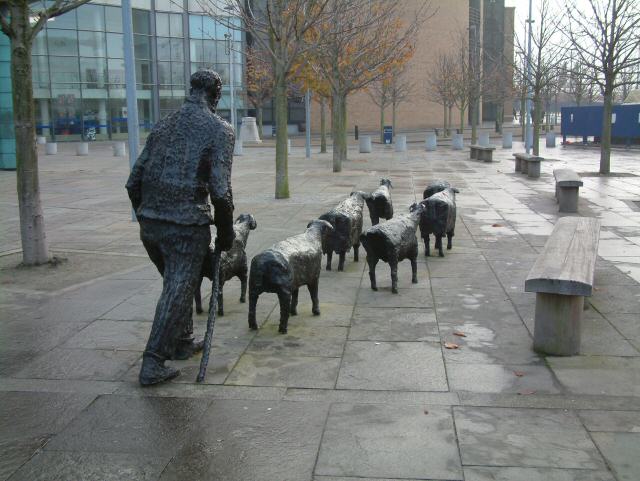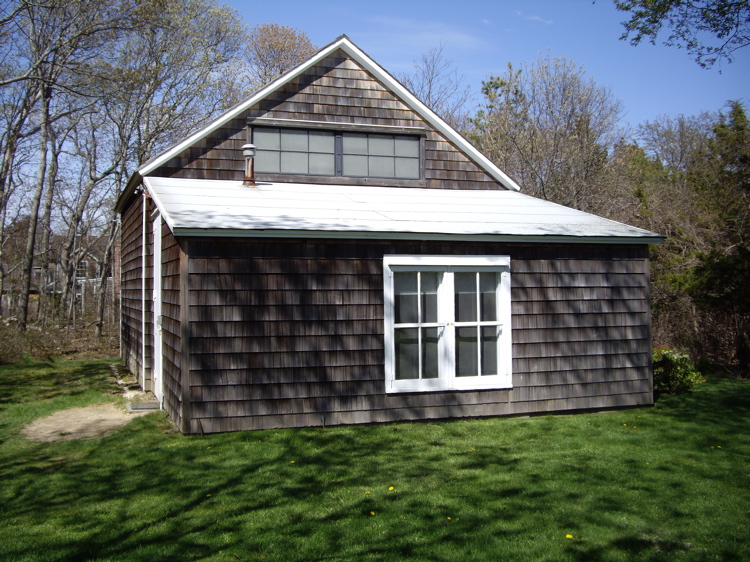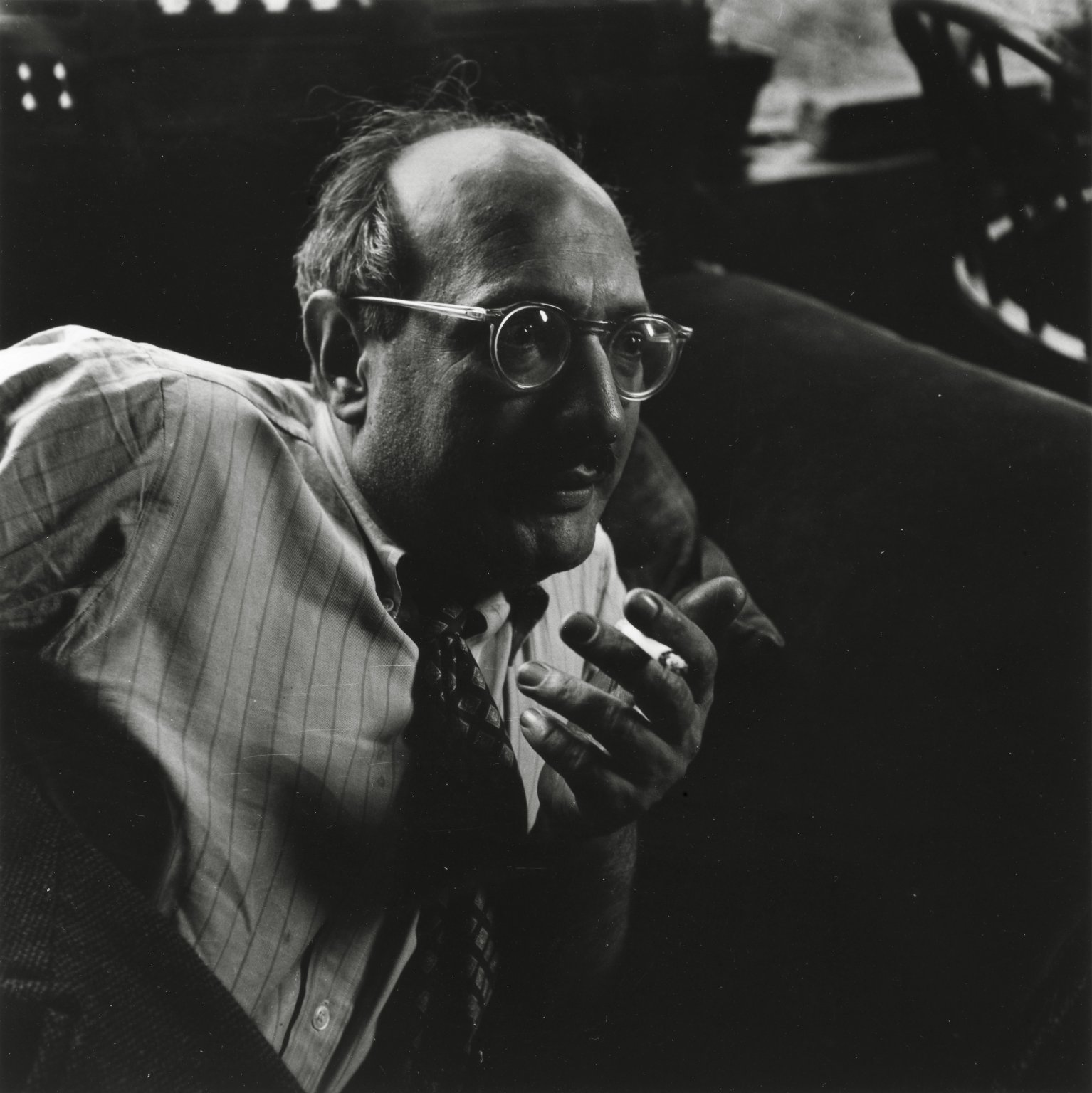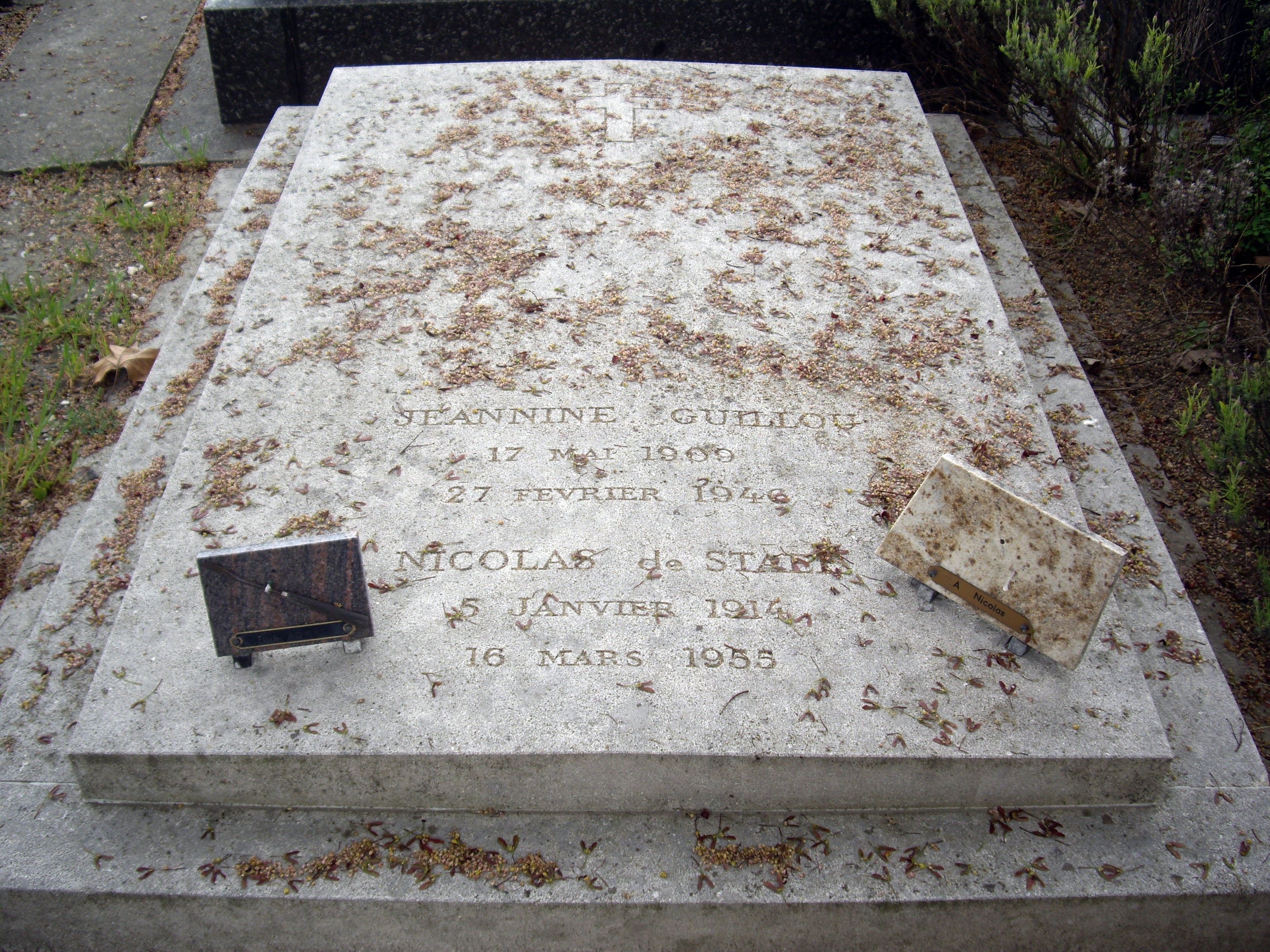|
Deborah Brown
Deborah Brown (27 September 1927 – 8 April 2023) was a Northern Irish sculptor. She is well known in Ireland for her pioneering exploration of the medium of fibre glass in the 1960s and established herself as one of the country's leading sculptors, achieving extensive international acclaim. Early life Deborah Brown was born in Belfast, Northern Ireland on 27 September 1927. Brown was an only child who became fascinated with nature during childhood years spent in Cushendun in the Glens of Antrim. Her grandmother is credited with encouraging her artwork and supplying her with paints and materials from a young age. In 1934 her family moved to Cushendun into a house designed by Tom Henry, the brother of the painter Paul Henry.''Deborah Brown: from painting to sculpture'', 2005, p.11 Brown credited her Mother for instilling in her a love of animals, and along with the rural life of picking potatoes, cutting hay and turf, left an indelible mark on her work.''Deborah Brown: from p ... [...More Info...] [...Related Items...] OR: [Wikipedia] [Google] [Baidu] |
Belfast
Belfast ( , ; from ga, Béal Feirste , meaning 'mouth of the sand-bank ford') is the capital and largest city of Northern Ireland, standing on the banks of the River Lagan on the east coast. It is the 12th-largest city in the United Kingdom and the second-largest in Ireland. It had a population of 345,418 . By the early 19th century, Belfast was a major port. It played an important role in the Industrial Revolution in Ireland, briefly becoming the biggest linen-producer in the world, earning it the nickname "Linenopolis". By the time it was granted city status in 1888, it was a major centre of Irish linen production, tobacco-processing and rope-making. Shipbuilding was also a key industry; the Harland and Wolff shipyard, which built the , was the world's largest shipyard. Industrialisation, and the resulting inward migration, made Belfast one of Ireland's biggest cities. Following the partition of Ireland in 1921, Belfast became the seat of government for Northern Ireland ... [...More Info...] [...Related Items...] OR: [Wikipedia] [Google] [Baidu] |
Viol
The viol (), viola da gamba (), or informally gamba, is any one of a family of bowed, fretted, and stringed instruments with hollow wooden bodies and pegboxes where the tension on the strings can be increased or decreased to adjust the pitch of each of the strings. Frets on the viol are usually made of gut, tied on the fingerboard around the instrument's neck, to enable the performer to stop the strings more cleanly. Frets improve consistency of intonation and lend the stopped notes a tone that better matches the open strings. Viols first appeared in Spain in the mid-to-late 15th century, and were most popular in the Renaissance and Baroque (1600–1750) periods. Early ancestors include the Arabic '' rebab'' and the medieval European vielle,Otterstedt, Annette. ''The Viol: History of an Instrument. ''Kassel: Barenreiter;-Verlag Karl Votterle GmbH & Co; 2002. but later, more direct possible ancestors include the Venetian ''viole'' and the 15th- and 16th-century Spanish ''vihue ... [...More Info...] [...Related Items...] OR: [Wikipedia] [Google] [Baidu] |
Alice Berger Hammerschlag
Alice Berger Hammerschlag née Berger (18 February 1917 – 14 July 1969) was an Austrian artist. She settled in Belfast and while creating abstract paintings also had a number of creative and administrative roles in Northern Ireland. Biography Hammerschlag was born in Vienna and studied art between 1929 and 1938 under Franz Cižek at the Kunstgewerbeschule and at the Vienna Academy of Arts. In 1938 she moved to Belfast, as a refugee on a British government permit for graphic designers, to avoid persecution under the Nazi regime. Her older sister, Trudi, came to Britain with her, but the two appear to have led separate lives once in the UK, with Trudi becoming a linguist and teacher, eventually leading a team at York University in its Language Centre. In Northern Ireland Hammerschlag did design work for commercial publishers and, later, designed theatre sets. In 1941 the Ulster Academy of Arts published a portfolio of her lithographs in aid of the Ulster Hospital for Children and ... [...More Info...] [...Related Items...] OR: [Wikipedia] [Google] [Baidu] |
John Hewitt (poet)
John Harold Hewitt (28 October 1907 – 22 June 1987) was perhaps the most significant Belfast poet to emerge before the 1960s generation of Northern Irish poets that included Seamus Heaney, Derek Mahon and Michael Longley. He was appointed the first writer-in-residence at Queen's University Belfast in 1976. His collections include ''The Day of the Corncrake'' (1969) and ''Out of My Time: Poems 1969 to 1974'' (1974). He was also made a Freeman of the City of Belfast in 1983, and was awarded honorary doctorates by the University of Ulster and Queen's University Belfast.John Hewitt (1907–1987) John Hewitt Collection, University of Ulster, accessed 27 August 2007 From November 1930 to 1957, Hewitt held positions in the [...More Info...] [...Related Items...] OR: [Wikipedia] [Google] [Baidu] |
William Scott (artist)
William Scott (15 February 1913 – 28 December 1989) was a Northern Irish artist, known for still-life and abstract painting. He is the most internationally celebrated of 20th-century Ulster painters. His early life was the subject of the film ''Every Picture Tells a Story'', made by his son James Scott. Exhibitions Scott represented Britain in 1958 at the Venice Biennale. He exhibited at the Hanover Gallery in London, at the Martha Jackson Gallery in New York, Italy, Switzerland, West Germany, France, the Kasahara Gallery in Japan, Canada and Australia, at the Dawson Gallery, Dublin, as well as Belfast. Retrospectives of his work were held at the Tate Gallery, London in 1972, in Edinburgh, Dublin and Belfast in 1986, by the Irish Museum of Modern Art, Dublin in 1998 and the Jerwood Gallery in 2013. Selected works *''Still Life With Orange Note'' (1970), Oil on canvas, Arts Council of Northern Ireland collection *''Cornish Harbour'' (1951), Lithograph, Museum of New Ze ... [...More Info...] [...Related Items...] OR: [Wikipedia] [Google] [Baidu] |
Lucio Fontana
Lucio Fontana (; 19 February 1899 – 7 September 1968) was an Argentine-Italian painter, sculptor and theorist. He is mostly known as the founder of Spatialism. Early life Born in Rosario, to Italian immigrant parents, he was the son of the sculptor Luigi Fontana (1865—1946). Fontana spent the first years of his life in Argentina and then was sent to Italy in 1905, where he stayed until 1922, working as a sculptor with his father, and then on his own. Already in 1926, he participated in the first exhibition of Nexus, a group of young Argentine artists working in Rosario de Santa Fé."Press Release: Lucio Fontana: Venice/New York opens at Guggenheim Museum" Guggenheim Museum, New York. Work In 1927 Fontana returned to Italy and studied alongside Fausto Melotti under the sculptor Adolfo Wildt, at Accademia di Brera from 1928 to 1930. It was there he presented his first exhibition in 1930, organized by the Milan art gallery ''Il Milione''. During the following ... [...More Info...] [...Related Items...] OR: [Wikipedia] [Google] [Baidu] |
Antoni Tàpies
Antoni Tàpies i Puig, 1st Marquess of Tápies (; 13 December 1923 – 6 February 2012) was a Catalan People, Catalan painter, sculptor and art theorist, who became one of the most famous European artists of his generation. Life The son of Josep Tàpies i Mestre and Maria Puig i Guerra, Antoni Tàpies Puig was born in Barcelona on 13 December 1923. His father was a lawyer and Catalan nationalism, Catalan nationalist who served briefly with the Republican government. Due to this, Tàpies grew up in an environment where he was very much exposed to a cultural and social experiences of leaders in the Catalan public life and its republicanism. His maternal grandmother also exposed him to this world with her great involvement in civil and political activities. Tàpies was first introduced to contemporary art as he entered secondary school in 1934. He saw a famous Christmas issue of the magazine, D’ací i d’allà, which contained reproductions of works by artists such as Ducham ... [...More Info...] [...Related Items...] OR: [Wikipedia] [Google] [Baidu] |
Jackson Pollock
Paul Jackson Pollock (; January 28, 1912August 11, 1956) was an American painter and a major figure in the abstract expressionist movement. He was widely noticed for his " drip technique" of pouring or splashing liquid household paint onto a horizontal surface, enabling him to view and paint his canvases from all angles. It was called all-over painting and action painting, since he covered the entire canvas and used the force of his whole body to paint, often in a frenetic dancing style. This extreme form of abstraction divided the critics: some praised the immediacy of the creation, while others derided the random effects. In 2016, Pollock's painting titled ''Number 17A'' was reported to have fetched US$200 million in a private purchase. A reclusive and volatile personality, Pollock struggled with alcoholism for most of his life. In 1945, he married the artist Lee Krasner, who became an important influence on his career and on his legacy. Pollock died at the age of 44 in an ... [...More Info...] [...Related Items...] OR: [Wikipedia] [Google] [Baidu] |
Mark Rothko
Mark Rothko (), born Markus Yakovlevich Rothkowitz (russian: Ма́ркус Я́ковлевич Ротко́вич, link=no, lv, Markuss Rotkovičs, link=no; name not Anglicized until 1940; September 25, 1903 – February 25, 1970), was a Latvian-American abstract painter. He is best known for his color field paintings that depicted irregular and painterly rectangular regions of color, which he produced from 1949 to 1970. Although Rothko did not personally subscribe to any one school, he is associated with the American Abstract Expressionist movement of modern art. Originally emigrating to Portland, Oregon from Russia with his family, Rothko later moved to New York City where his youthful period of artistic production dealt primarily with urban scenery. In response to World War II, Rothko's art entered a transitional phase during the 1940s, where he experimented with mythological themes and Surrealism to express tragedy. Toward the end of the decade Rothko painted canvase ... [...More Info...] [...Related Items...] OR: [Wikipedia] [Google] [Baidu] |
Nicolas De Staël
Nicolas de Staël (; January 5, 1914 – March 16, 1955) was a French painter of Russian origin known for his use of a thick impasto and his highly abstract landscape painting. He also worked with collage, illustration and textiles. Early life Nicolas de Staël was born Nikolai Vladimirovich Stael von Holstein (russian: Николай Владимирович Шталь фон Гольштейн) in Saint Petersburg, into the family of a Russian Lieutenant General, Baron Vladimir Stael von Holstein, (a member of the Staël von Holstein family, and the last Commandant of the Peter and Paul Fortress) and his second wife, Lubov Vladimirovna Berednikova (his first wife was Olga Sakhanskaya). De Staël's family was forced to emigrate to Poland in 1919 because of the Russian Revolution; both his father and stepmother died in Poland and the orphaned Nicolas de Staël was sent with his older sister Marina to Brussels to live with a Russian family (1922). Career beginnings He eventually ... [...More Info...] [...Related Items...] OR: [Wikipedia] [Google] [Baidu] |
Henri Matisse
Henri Émile Benoît Matisse (; 31 December 1869 – 3 November 1954) was a French visual artist, known for both his use of colour and his fluid and original draughtsmanship. He was a draughtsman, printmaker, and sculptor, but is known primarily as a painter. Matisse is commonly regarded, along with Pablo Picasso, as one of the artists who best helped to define the revolutionary developments in the visual arts throughout the opening decades of the twentieth century, responsible for significant developments in painting and sculpture. The intense colourism of the works he painted between 1900 and 1905 brought him notoriety as one of the Fauves ( French for "wild beasts"). Many of his finest works were created in the decade or so after 1906, when he developed a rigorous style that emphasised flattened forms and decorative pattern. In 1917, he relocated to a suburb of Nice on the French Riviera, and the more relaxed style of his work during the 1920s gained him critical acclaim ... [...More Info...] [...Related Items...] OR: [Wikipedia] [Google] [Baidu] |
Alberto Giacometti
Alberto Giacometti (, , ; 10 October 1901 – 11 January 1966) was a Swiss sculptor, painter, draftsman and printmaker. Beginning in 1922, he lived and worked mainly in Paris but regularly visited his hometown Borgonovo to see his family and work on his art. Giacometti was one of the most important sculptors of the 20th century. His work was particularly influenced by artistic styles such as Cubism and Surrealism. Philosophical questions about the human condition, as well as existential and phenomenological debates played a significant role in his work. Around 1935 he gave up on his Surrealist influences in order to pursue a more deepened analysis of figurative compositions. Giacometti wrote texts for periodicals and exhibition catalogues and recorded his thoughts and memories in notebooks and diaries. His critical nature led to self-doubt about his own work and his self-perceived inability to do justice to his own artistic vision. His insecurities nevertheless remained a ... [...More Info...] [...Related Items...] OR: [Wikipedia] [Google] [Baidu] |

.png)





